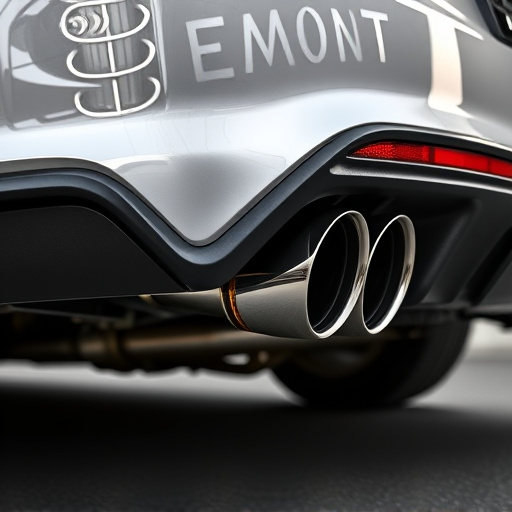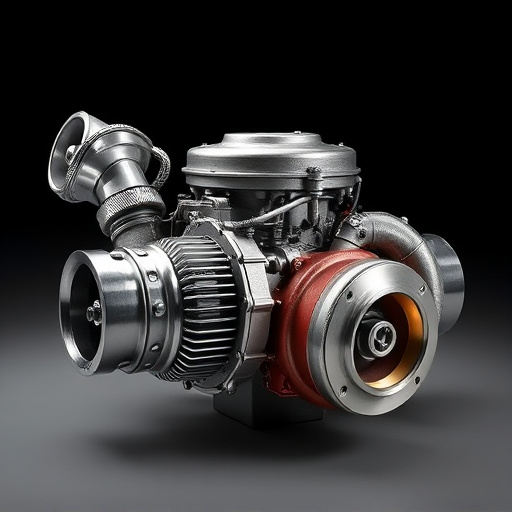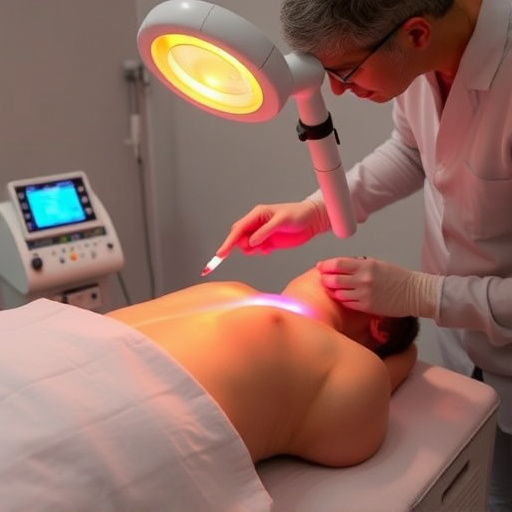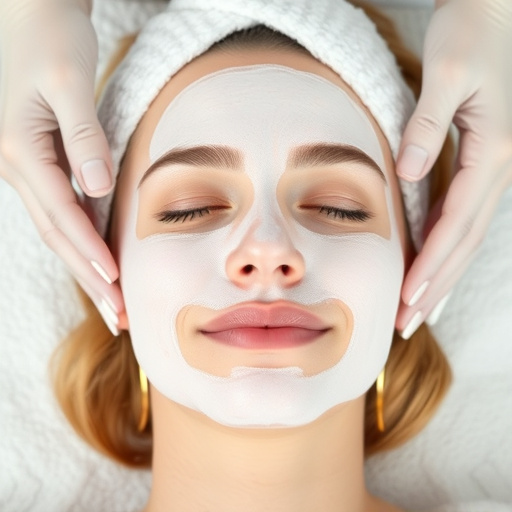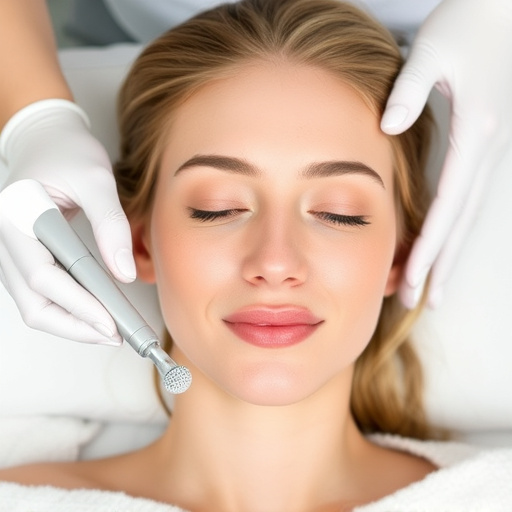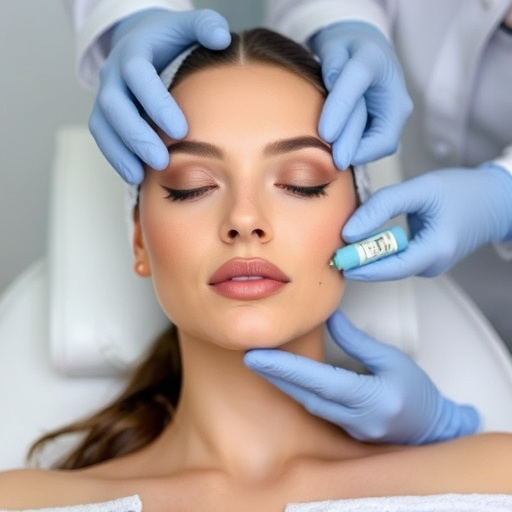Cystic acne, caused by excess sebum and clogged pores, is treated with a combination of topical medications, facials, and oral antibiotics like those targeting Propionibacterium acnes (P. acnes). Antibiotics reduce inflammation, clear skin, and prevent scarring. However, their use should be monitored due to antibiotic resistance risks. For resistance cases or non-responsive patients, alternative treatments such as laser hair removal and body contouring can complement topical solutions for a comprehensive cystic acne treatment approach.
Cystic acne, a severe form of acne, goes beyond surface-level blemishes. It’s characterized by deep, painful cysts that can leave lasting scars. While over-the-counter treatments may help mild cases, antibiotics are often crucial for effective management of cystic acne. This article delves into the science behind antibiotics in cystic acne treatment, exploring their mode of action and weighing the benefits against potential side effects to guide you in making informed decisions about your skin health.
- Understanding Cystic Acne: Causes and Impact
- Antibiotics in Action: How They Work for Cystic Acne
- Weighing the Pros and Cons: When to Use Antibiotics for Effective Treatment
Understanding Cystic Acne: Causes and Impact
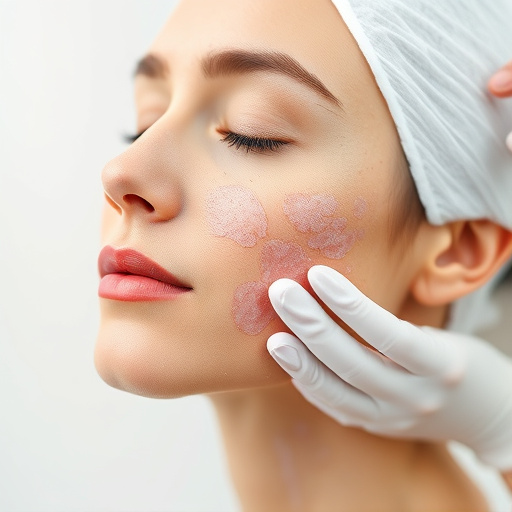
Cystic acne is a severe form of acne that goes beyond the typical pimple or whitehead. It’s characterized by painful, larger lumps under the skin’s surface, often filled with pus. Unlike regular acne spots, cysts can cause scarring and leave lasting marks on the face and other parts of the body. Understanding its causes is key to effective treatment.
The primary driver of cystic acne is a combination of excess sebum production and clogged pores. Sebum, produced by oil glands, naturally moisturizes the skin but, when mixed with dead skin cells and bacteria, can form a plug within the follicle. This blockage leads to inflammation, resulting in cysts. Hormonal changes, genetic predisposition, and certain medications can exacerbate this condition. Effective cystic acne treatment aims to reduce inflammation, prevent scarring, and clear the skin by addressing these underlying factors, often requiring a combination of topical medications, customized facials, and sometimes oral antibiotics as part of a comprehensive skincare routine.
Antibiotics in Action: How They Work for Cystic Acne
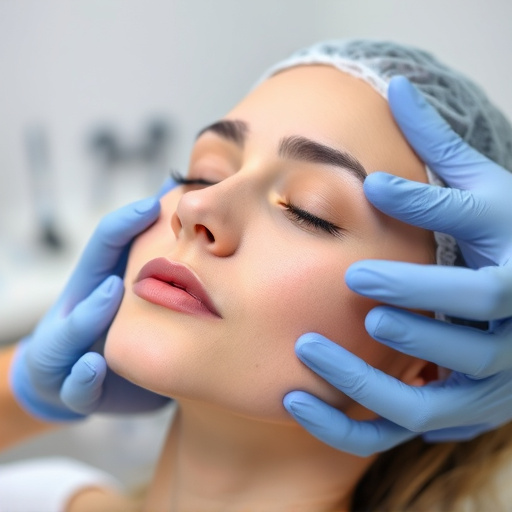
Antibiotics play a pivotal role in cystic acne treatment by targeting the bacterial causes behind this severe skin condition. When applied topically or taken orally, antibiotics interfere with the growth and proliferation of Propionibacterium acnes (P. acnes), a bacterium commonly found in the skin’s sebaceous glands. This interference disrupts the formation of biofilms, which are protective layers that make P. acnes resistant to antibiotics and difficult to eradicate.
By breaking down these biofilms, antibiotics allow the immune system to effectively combat the bacteria. This leads to reduced inflammation, lessening the severity of cysts and other symptoms associated with cystic acne. Moreover, certain antibiotics also help to reduce excess sebum production, a contributing factor in cystic acne, making them an essential component in many facial treatments aimed at body contouring and achieving clear, healthy skin.
Weighing the Pros and Cons: When to Use Antibiotics for Effective Treatment
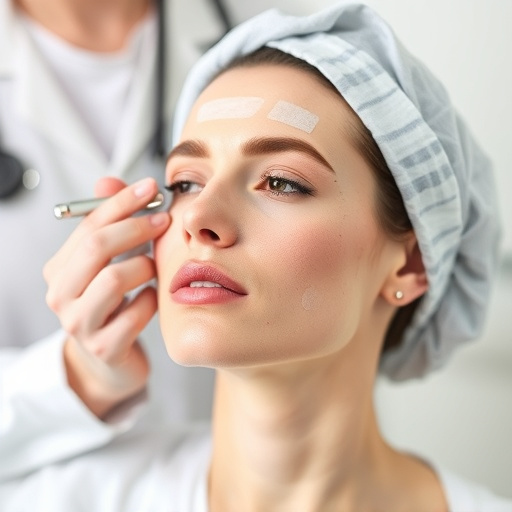
When considering cystic acne treatment options, antibiotics play a significant role but should be approached with careful consideration. These powerful medications can effectively target and eliminate the bacteria causing deep-seated inflammation, which is often the root cause of cystic acne. By introducing antibiotics into the regimen, patients may experience reduced pain, faster healing times, and fewer scars.
However, it’s crucial to balance these benefits against potential drawbacks. Overuse or misuse of antibiotics can lead to resistance, making future treatments less effective. Additionally, antibiotics are not suitable for everyone, as they may not address other contributing factors like hormonal imbalances or excess sebum production. In such cases, alternative aesthetic treatments like laser hair removal and body contouring could be explored alongside topical solutions to achieve comprehensive cystic acne treatment.
Cystic acne, a severe form of acne with deep-seated lesions, requires a targeted approach. While antibiotics have long been a standard treatment option, understanding their role and weighing the pros and cons is essential for effective management. Antibiotics can help clear infections and reduce inflammation, but they should be used judiciously due to potential side effects and resistance concerns. For many, combining antibiotics with other treatments like retinoids and careful skin care routines can provide a comprehensive cystic acne treatment plan.
